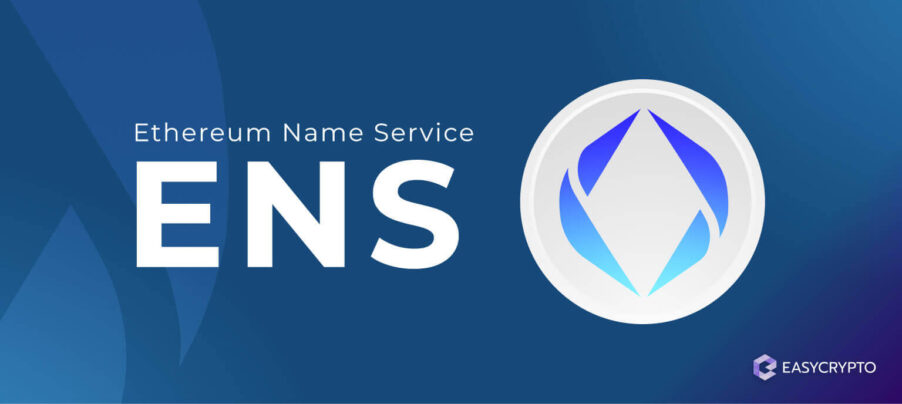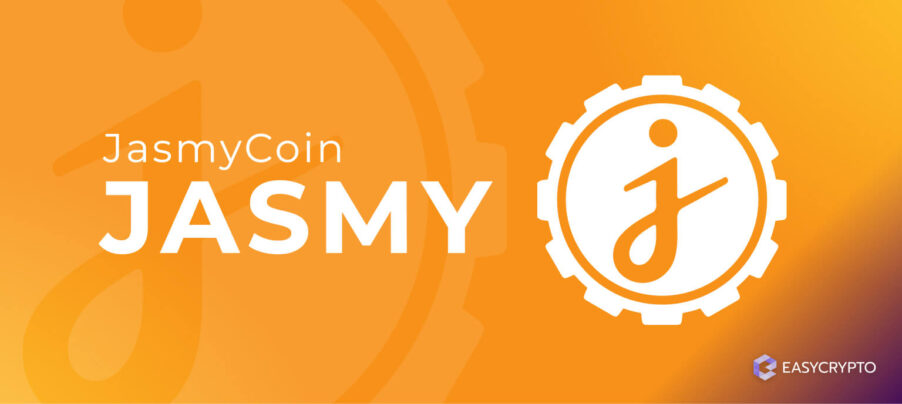What is Stellar Lumens (XLM)? The Fast Payment Network Explained
By staying within regulatory frameworks and not completely out of touch from traditional finance, digital currencies like XLM could gain better traction with society.
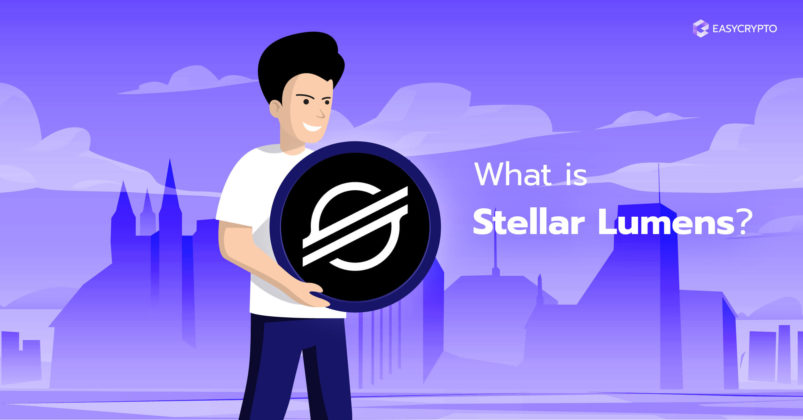

The term “decentralised payment network” describes most cryptocurrencies and blockchains in general. However, this tends to give new investors the impression that cryptocurrency technology is used to serve the untraceable and anarchic economy of the dark web.
However, Stellar was designed for very specific people in mind — the unbanked, those who unintentionally live outside of the financial institutions; those whose families depend on remittances provided by a working member in some foreign country; those who operate in a predominantly cash economy in developing countries.
In this article, I’ll go over what Stellar is, how it works, and how well it fares as an investment vehicle.
Key takeaways:
- The Stellar Network, or Stellar, is a blockchain network that facilitates the transfer of value between banks, payment gateways, and people, across the world.
- The XLM token, also called Lumens, can be used as a medium of exchange, send payments peer-to-peer and more.
- What makes Stellar unique is its ability to provide a single network where the world’s financial systems can all work together, benefiting all levels of users from banks, institutions, to individuals.
What is Stellar and Lumens (XLM)?
Stellar is a blockchain network, a permissionless decentralised protocol for peer-to-peer transfer of digital currencies or assets, that is not controlled by a single authority, which makes it distinct from an international credit card or banking network.
Rather than having a company or a single organisation keep track of a debt ledger, the copy of the ledger is distributed across several computers (called nodes) that are owned by volunteers.
Anyone can volunteer to become a node. Technically speaking, the ledger-keepers are not volunteers but are incentivised by the Stellar protocol to maintain the network’s integrity.

The programming infrastructure behind Stellar’s protocol and transaction records are open-source and available for anyone to audit.
While users can be notified of confirmed payments via an app notification, having been built on top of Stellar, anyone can still view the Stellar transaction ledger to double-check a transaction’s validity.
Lumen (XLM) is the native cryptocurrency of the Stellar network. The original name for the cryptocurrency was exactly the same as its parent network Stellar, but was later changed to Lumens with its own ticker code. Lumens is the plural form of the currency.
To avoid confusion, most exchanges list XLM as “Stellar” since the name is stuck, or “Stellar Lumens”. As of July 2021, the price of Lumen was around 27 US cents per XLM, and it had a rapid growth since November 2020, closely following that of Bitcoin.
What can you do with Lumens (XLM)?
The Lumens cryptocurrency is a versatile medium of exchange on the Stellar distributed ledger.
Theoretically, people can pay each other in Lumens, and this can be done quickly regardless of the location of the sender and the recipient.
However, Lumens play a critical role in cross-border payment systems by finding the most efficient foreign exchange rates for all its users.

On Stellar, app developers can create a payment app on top of Stellar, and it can deal with various fiat currencies (e.g. US dollars, Filipino pesos, Chinese yuan, etc.). Let’s pretend there’s an app called VenusX, an international payment system owned by VenusX, Ltd.
A person in China, for example, can deposit her Chinese yuan to a bank account owned by VenusX, Ltd. Through Stellar’s protocol, the VenusX app will issue digital tokens that represent the user’s deposited Chinese yuan — let’s call it RMBX.
VenusX, Ltd. also has associates in the United States that can issue US dollar digital tokens (let’s call it USDX) and can redeem USDX for actual US dollars.
Our hypothetical user has a family in the United States that she wants to send her money to, and so she sends RMBX to the address to her family’s wallet, expecting that their USDX balance will increase.
What Stellar does in the background is to take that RMBX and move it through a decentralised exchange. Using an algorithm, Stellar can search for the best exchange rate between the two fiat currencies, with Lumens being an intermediary currency.
This means that the Chinese yuan token could first become converted into other currency tokens (fiat or Lumens) before it is finally converted into the US dollar token. In the process, the best exchange rates are locked in at one instance.
Takeaways
The team behind Stellar
The Stellar network in itself has a solid fundamental strength, because it was founded by Jed McCaleb, one of the co-founders of Ripple Labs. If you have read about the use cases of Ripple’s XRP token, then you might find that XLM seems similar to what Ripple was intended to do.
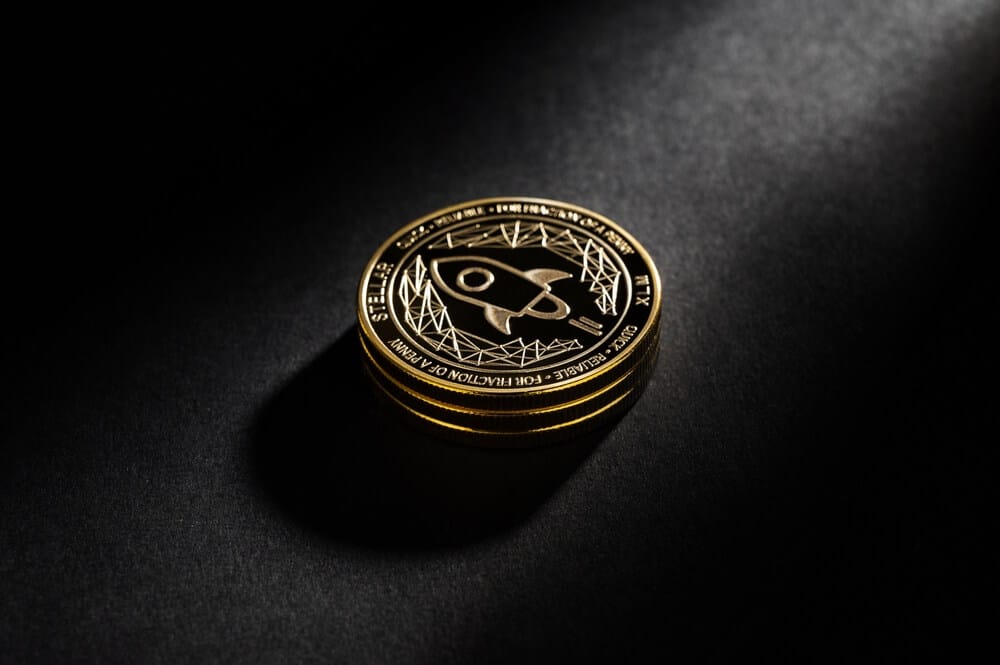
Together with Joyce Kim and Prof. David Mazières, who devised the Stellar Consensus Protocol that sets Stellar apart from Ripple, McCaleb envisioned Stellar to be a more decentralised and flexible version of Ripple. It’s important to note that Stellar is not a fork of Ripple.
From the beginning, Stellar was developed by the Stellar Development Foundation, a non-profit organisation that helps maintain Stellar’s codebase, as well as provide community support to developers, institutes, and businesses in its ecosystem.
Corporate support
Although Stellar is a decentralised network, it still relies on financial institutions (known as anchors) to conduct the exchange between fiat currencies and tokenised fiat currencies through the Stellar protocol.

The network receives support from well-known players in the tech industry, who also take extra care to ensure that their payment systems are complaint with anti-money laundering and anti-terrorism laws, such as complying with KYC protocols.
Some of the earliest supporters of Stellar were Google, FastForward, BlackRock and Stripe, who donated funds to cover the initial operational costs. The network also gained support from IBM, Deloitte, KickEx, Flutterwave, and ICICI Bank.
Another interesting fact to note is that Stellar had become the first distributed system to be certified to comply with Shariah financial practices.
Market support
Two well-known platforms use Stellar’s network to provide a payment settlement layer that is fast, cost-effective, and easy to use by people in various regions.
Settle Network operates across Latin America. Based in Argentina, the network supports cross-border payments and exchange-related transactions, using anchors that provide Argentinian peso, Brazilian real, and Mexican peso.
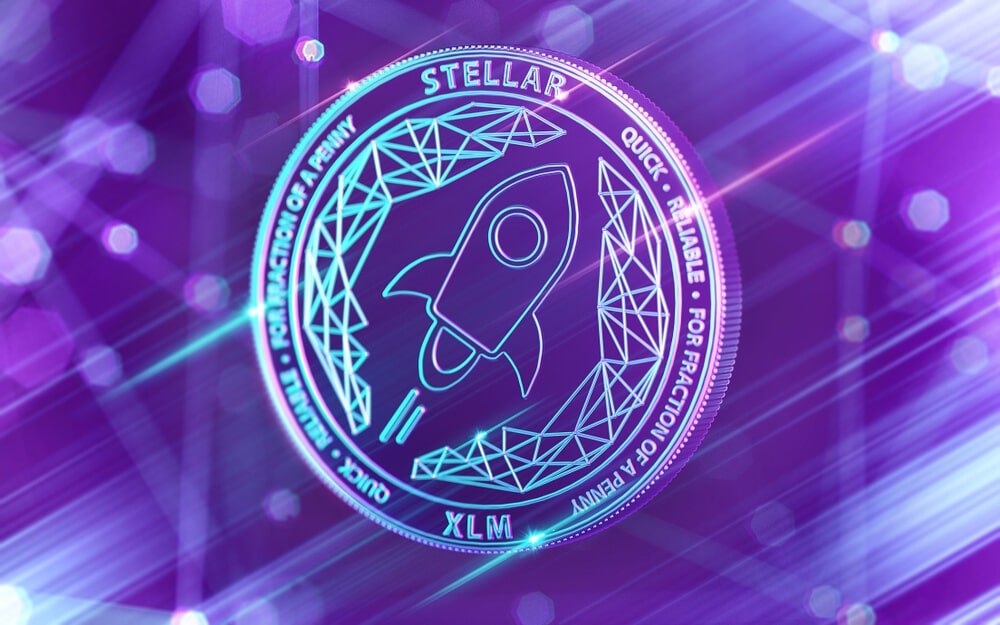
Apart from fiat currencies, Settle Network “bridges the gap between traditional and digital finance”, opening so many possibilities to developing economies.
In contrast, Tempo is a Paris-based money transfer operator that provides an alternative to transacting in and out of the Eurozone that is faster and more cost-effective.
The platform mostly serves users who remit money to economies outside of the Eurozone. By providing an escape from the costly international banking system, Tempo sets the pace for the adoption of the lumens cryptocurrency.
How much does it cost to buy XLM? Check the latest rates with our crypto converter tool.
The future of XLM and how to invest
The crypto space is maturing, and the technology behind decentralised payment systems are not always built to fight against established traditional financial systems.
Some people believe that by staying within regulatory frameworks and not completely out of touch from traditional finance, digital currencies like XLM could gain better traction with society as a whole.

Invest in Stellar: Buy XLM with Easy Crypto.
With that said, it’s safe to say that XLM is an excellent addition to any avid crypto investor’s portfolio. As the fundamentals continue to gain traction, so will its value.
You can start investing in XLM easily with our platform at Easy Crypto. When you sign-up with us, you’ll have access to a variety of investment instruments such as a portfolio tracker, auto-buy templates to automate your investments, and more.
Further reading: Learn all about crypto by visiting our learning hub.
Share to
Stay curious and informed
Your info will be handled according to our Privacy Policy.
Make sure to follow our Twitter, Instagram, and YouTube channel to stay up-to-date with Easy Crypto!
Also, don’t forget to subscribe to our monthly newsletter to have the latest crypto insights, news, and updates delivered to our inbox.
Disclaimer: Information is current as at the date of publication. This is general information only and is not intended to be advice. Crypto is volatile, carries risk and the value can go up and down. Past performance is not an indicator of future returns. Please do your own research.
Last updated October 10, 2024



